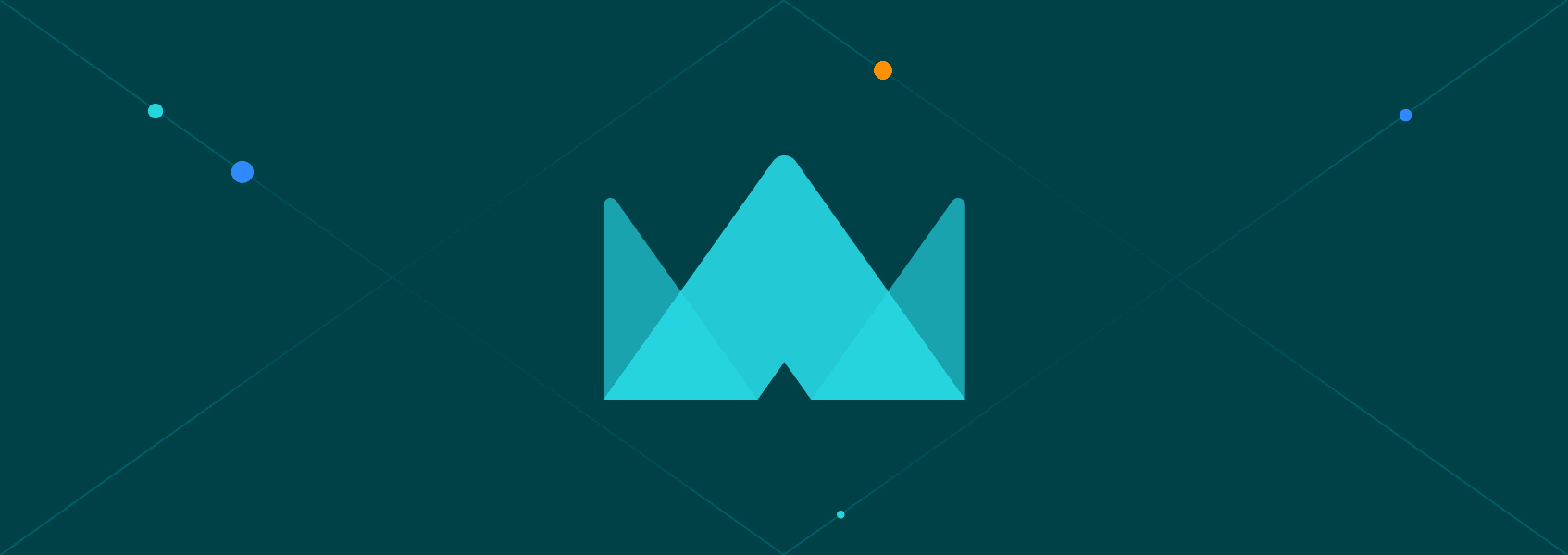Best Local LLMs for Offline Use in 2025: A Complete Comparison
Software comparisonsExplore the top local LLM options for 2025, comparing features and capabilities to find the best fit for your needs.


Karolis Toleikis
Key Takeaways
-
Local LLMs let you run large language models offline with full control and no cloud requirements.
-
Tools like LM Studio make installations simpler and more beginner-friendly.
-
Models like LLaMA 3, DeepSeek, and Mistral offer strong offline performance across use cases.
Just a few years ago, most people used cloud-based tools like ChatGPT , but as the ability to have your own local LLMs became possible, so did people’s preferences. Now, many want the control, speed, and privacy that local LLMs offer.
Instead of sending your data to a remote server, these models run right on your device. They’re part of a growing wave of open-source models that offer strong performance without needing internet or API keys. With large language models improving in size and speed, using them offline is not only possible but practical.
What Is a Local LLM and Why Use One?
A local LLM is a large language model that runs directly on your computer, not a cloud or API that’s based somewhere else.
These local LLMs are popular because they solve relevant and painful problems: you keep your data private, you don’t depend on an internet connection, and latency is much lower since everything runs on a local server.
You can use local LLMs in three main ways:
- Chatbots. Provides general-purpose dialogue.
- RAG. Retrieval-augmented generation for custom data.
- Coding assistants. Autocompletion and debugging help.
They give you complete model management, too. You can pick the version, set the model parameters, and control everything from the operating system level.
How We Chose These Models
We compared several local LLMs using key criteria:
- Accuracy. How well does the model understand and respond?
- System requirements. How much RAM or GPU power do you need?
- Ease of install. Can a regular user get it working efficiently?
- Licensing. Is the model truly open-source?
- Community support. Are people updating it and fixing bugs?
Some models were great out of the box, while others took some work. But they all offered insight into what’s possible when running local LLMs.
Top Local LLMs to Consider in 2025
LLaMA 3
LLaMA 3 presents a significant leap over its predecessor, Llama 2, having been pre-trained on a massive dataset. Such extensive training gives it strong performance in general knowledge, reasoning, and multilingual tasks.
System Requirements
Running LLaMA models locally depends heavily on model size and quantization. Complete precision (FP16/BF16) is reserved for enterprise-grade hardware, while quantization is the standard for consumer setups.
- Llama 3.3 70B (Full Precision). Requires a multi-GPU setup, such as 2x NVIDIA A100 (80GB), and a minimum of 48 GB of system RAM. It’s well beyond consumer reach.
- Llama 3.3 70B (Quantized). With 4-bit or 8-bit quantization, the VRAM requirement drops significantly. A minimum of 24 GB VRAM is needed, but a 48 GB card like the NVIDIA RTX A6000 is recommended for smoother execution. It makes it accessible to more advanced consumer workstation users.
- Llama 3.2 (1B & 3B). These smaller models are designed for accessibility. A 1B model requires only about 2 GB of memory, and a 3B model requires about 6 GB. This places them well within the reach of modern laptops and desktops, even without a dedicated high-end GPU.
- CPU & storage. For larger models, a high core-count CPU (12+ cores) and fast SSD storage (150 GB+ free space for a 70B model) are crucial for efficient data loading and preprocessing.
Installation Method
The primary method for local use involves frameworks like Ollama or libraries from Hugging Face:
- Via Ollama. It’s the simplest method. After installing Ollama, a user can pull and run a model with a single command. For example: ollama run llama3.2.
- Via Hugging Face transformers. It offers more control and involves installing Python libraries (torch, transformers, bitsandbytes) and using a script to load the model with specific quantization settings. Hugging Face models require you to sign up, log in, and accept terms, though. Once that is done, you’ll also need to wait for approval:
pip install transformers>=4.45.0 torch accelerate huggingface_hub
import os
from huggingface_hub import login
from transformers import AutoTokenizer, AutoModelForCausalLM
login(token=os.getenv("HUGGINGFACE_TOKEN"))
model_id = "hugging-quants/Llama-3.3-70B-Instruct-Q4_K_M-GGUF"
tokenizer = AutoTokenizer.from_pretrained("meta-llama/Llama-3.3-70B-Instruct")
model = AutoModelForCausalLM.from_pretrained(
model_id,
gguf_file="llama-3.3-70b-instruct-q4_k_m.gguf",
device_map="auto"
)
messages = [
{"role": "user", "content": "Write a haiku about programming."}
]
input_ids = tokenizer.apply_chat_template(
messages,
add_generation_prompt=True,
return_tensors="pt"
).to(model.device)
outputs = model.generate(
input_ids,
max_new_tokens=256,
temperature=0.7,
do_sample=True,
top_p=0.9
)
response = tokenizer.decode(outputs[0][input_ids.shape[-1]:], skip_special_tokens=True)
print(response)
Pros
- Top-tier performance. The 70B model is a strong contender against closed-source giants like GPT-4 in reasoning and coherence.
- Excellent scalability. The family offers a wide range of sizes, from 1B to 405B, catering to all hardware tiers.
- Strong community support. As a foundational open-source model, it has a massive ecosystem of tools, fine-tuning, and community knowledge.
- Permissive licensing. The Llama Community License allows for commercial use with some restrictions.
Cons
- Heavy hardware requirements for large models. Unquantized large models are inaccessible to the general public.
- Default safety alignment. The base instruction-tuned models have safety guardrails that some users find restrictive for specific creative or research tasks.
Links
- GitHub: https://github.com/meta-llama/llama3
- Hugging Face: https://huggingface.co/meta-llama
- Official website: https://www.llama.com/
Use Case Fit
- General chatbot/assistant. The 8B and 70B instruct models are excellent for creating sophisticated, coherent chatbots.
- Development assistant. The 70B model’s strong reasoning and up-to-date knowledge make it a great coding partner.
- RAG & document analysis. The large context windows make them suitable for RAG applications that require processing long documents.
- On-device & Edge. The 1B and 3B Llama 3.2 models are ideal for resource-constrained environments.
Mistral 7B
A foundational model that set a new standard for small models upon its release. It famously outperforms Llama 2 13B on many benchmarks while requiring significantly fewer resources. It’s a pure, non-instruct-tuned model, making it a fantastic base for fine-tuning.
System Requirements
Being a 7B model, it’s highly accessible:
- GPU. A minimum of 8GB of VRAM is recommended for quantized versions. A 12 GB card like an RTX 3060 is a comfortable starting point for good performance.
- CPU-only. Can run on CPU with sufficient system RAM (16GB+), but inference will be slow.
Installation Method
The most straightforward approach is to use Ollama and run ollama pull mistral for the 7B model.
Pros
- Unmatched efficiency. Delivered performance far exceeding their resource requirements.
- Open license. Released under the permissive Apache 2.0 license, which makes it suitable for commercial use without restrictions.
- Strong multilingual and coding performance. It shows strong capabilities in code generation and multiple European languages.
Links
- GitHub: https://github.com/mistralai
- Official website: https://mistral.ai/
- Documentation: https://docs.mistral.ai/
Use Case Fit
- High-performance on consumer GPUs. It’s the go-to model for users who want the best possible performance at accessible GPU levels.
- Low-latency applications. The high inference speed makes it ideal for real-time chatbots and interactive tools.
- Cost-effective development. The Apache 2.0 license and modest hardware needs make it a favourite for startups and commercial projects.
DeepSeek-V2
It’s a powerful Mixture-of-Experts (MoE) model from a Chinese company DeepSeek AI. It introduces an innovative Multi-head Latent Attention (MLA) mechanism that significantly compresses the KV cache (by 93.3% compared to DeepSeek 67B), drastically reducing VRAM usage during long-context generation.
System Requirements
- Full Precision (BF16). The official recommendation for running the full model is a server with 8x 80GB GPUs (e.g., NVIDIA A100s).
- Quantized. Given its 21B active parameter size, a quantized version should be runnable on a single 48 GB GPU or a dual 24 GB GPU setup. Community reports suggest a 4-bit ($Q4$) model works on systems with under 200 GB of system RAM when offloaded from VRAM.
- Deepseek-V2-Lite. A smaller 16B total / 2.4B active parameter version is available, designed to be deployable on a single 40G GPU, making it far more accessible.
Installation Method
For DeepSeek models, the recommended method for optimal performance is using vLLM with a specific patch provided by DeepSeek AI. Using the standard Hugging Face transformers library is possible, but results in slower performance.
- Clone the vLLM repository and apply the pull request specified in the model card.
- Use the provided Python script to launch the model with tensor_parallel_size=8 for a multi-GPU setup.
Pros
- Extremely efficient inference. The MLA architecture's KV cache compression is a game-changer for long-context tasks, making it vastly more memory-efficient than traditional models.
- Top-tier performance. SOTA performance in coding and math, rivaling closed-source models.
- Commercial use license. The model is available for commercial use, making it a viable option for businesses.
Cons
- Complex setup. Requires a patched version of vLLM for best performance, adding a layer of complexity.
- High-end hardware needed. The full 236B version is still a heavyweight that requires a powerful multi-GPU server.
- Potential data privacy concerns. Some users may have concerns about data privacy and the training data's provenance, although its license is permissive.
Links
- Official website: https://www.deepseek.com/
Use Case Fit
- Long-context RAG and summarization. The MLA architecture makes it uniquely suited for applications that require processing extremely long documents without VRAM overflow.
- Scientific and mathematical applications. Its demonstrated strength in math benchmarks makes it a top choice for academic research, data analysis, and STEM-related tasks.
- Advanced code generation. Its high ranking in coding benchmarks positions it as a powerful engine for developer tools and agentic coding workflows.
Conclusion
To sum up, local LLMs give users power, privacy, and flexibility. The choices are many, and the ones mentioned in this article, like DeepSeek models, Llama, and Mistral are only the tip of the iceberg.
Your choice for running local LLMs will depend largely on your operating system capabilities, the data you use to power the LLM , your needs, and your know-how. The AI landscape is wide and getting wider every day, so it’s up to you to decide which tool works best for you.
